Rent Out Your Property!
Our company offers cost-effective services, ensures smooth and efficient tenancy in accordance with landlord-tenant laws.
Here is our List of Services:

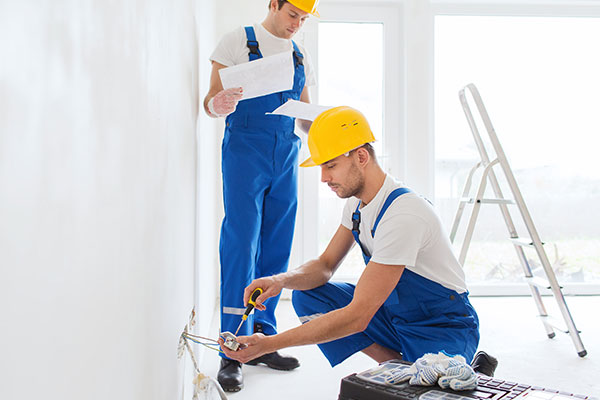
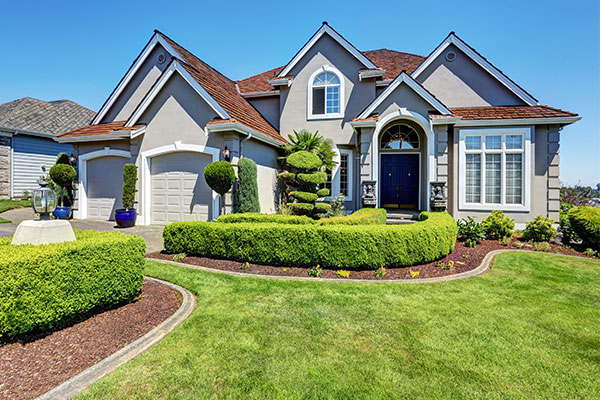

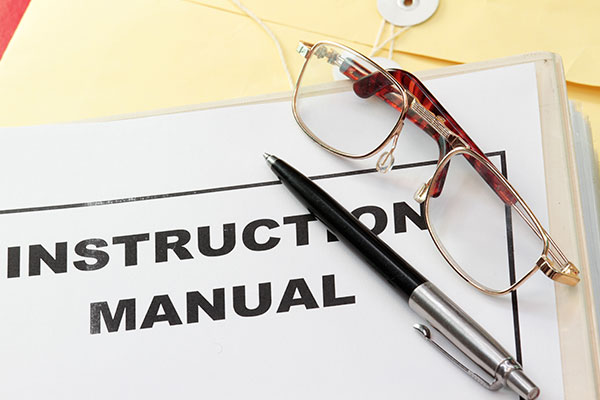
Other Important Considerations
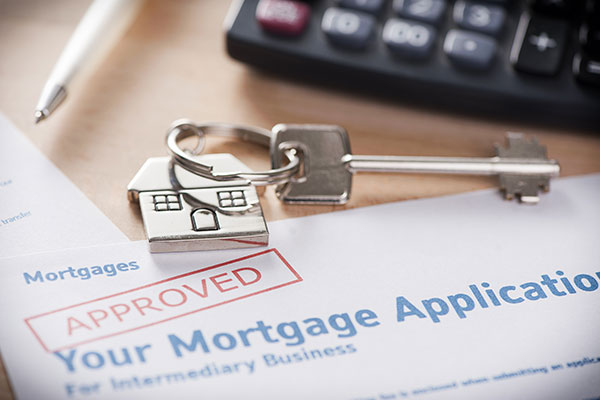
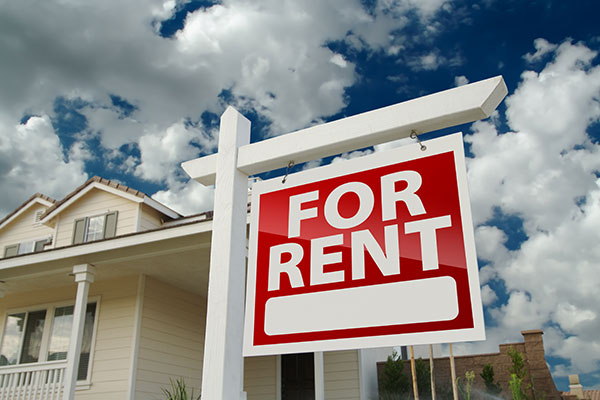
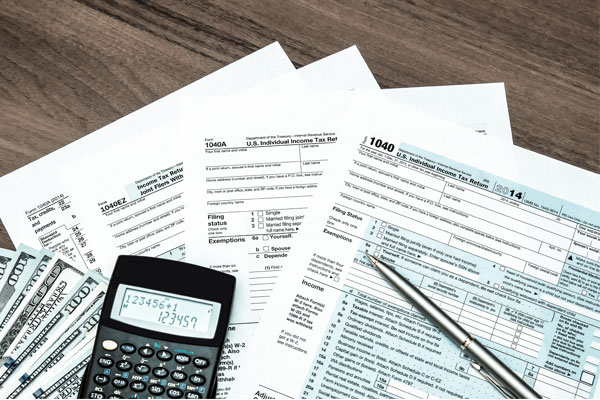


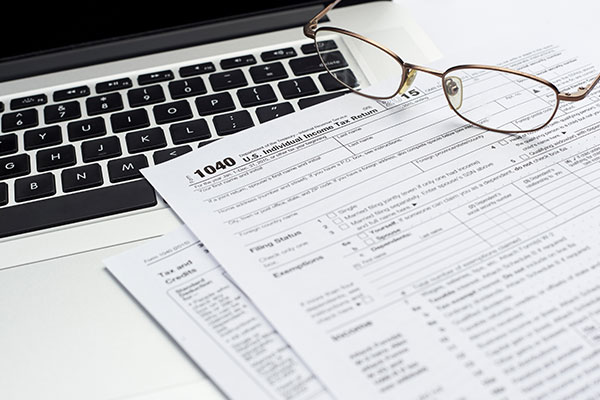
Legal Requirements & Health And Safety
ELECTRICAL
The Electrical Equipment (Safety) Regulations 1994
The electrical supply and appliances within a property must be safe at all times. Appliances must be checked for defects (e.g. badly fitted plugs or frayed wires etc.). If an item is found to be unsafe then this should be removed from the property prior to offering it for rent. There is no statutory checking procedure but we strongly recommend that all landlords’ have an annual inspection of electrical appliances including an electrical supply safety check, by a qualified electrician. Records of any checks should be retained and provided for inspection if required.
The Plugs & Sockets (Safety) Regulations 1994 (Consumer Protection Act 1987)
Any plug, socket or adapter supplied which is intended for domestic use, must comply with the appropriate current regulations.
GAS
Properties equipped with gas appliances should comply with the law relating to gas safety
Under the Gas Safety (Installation and Use) Regulations 1998 all gas appliances and flues in rented accommodation must be checked for safety within 12 months of being installed, and thereafter at least every 12 months by a competent engineer (e.g. a CORGI registered gas installer (Council for Registered Gas Installers).
FURNITURE SAFETY
The Furniture & Furnishings (Fire) (Safety) (Amendment) Regulations 1993
Landlords who do not comply and failed to follow these regulations are guilty of breaking the law.
The Regulations Apply To:
- Headboards
- Mattresses
- Pillows and scatter cushions
- Stretch or loose furniture covers
- Children’s furniture
- Garden furniture suitable for use in the dwelling
- Sofa-beds
- Futons and any other item with similar type fillings of which must carry the appropriate labels of compliance.
- Upholstered furniture must have fire resistant filling material and must pass a cigarette resistance test and permanent covers must pass a match resistant test.
- Any furniture added to the property since 1st March 1993 must comply with these requirements whether new or second hand.
- The regulations.
Do Not Apply To:
- Antique furniture made before 1st January 1950
- Bedclothes including duvets & pillowcases and loose covers for mattresses
- Curtains
- Carpets
- Sleeping bags
- Cushion covers
To be able to comply with the following furniture regulations, always check the labels of the furniture on when and where it is bought.
BUILDING REGULATIONS – PART “P”
The Landlord and Tenant Act 1985 holds responsibility on the landlord to comply on electrical installation once the tenancy commences. From 1st January 2005, domestic installation is carried out by a Government “Approved” Contractor. Under BS7671, Electrical Contractors will verify its compliance. Failure to do so will be fined of up to £5,000 and/or imprisonment.
SMOKE ALARMS
The 1991 Building Regulations require that all properties built since June 1992 must be fitted with operated interlinked smoke detectors/alarms on each floor.
These regulations do not apply to older properties, but we strongly advise to install them prior to letting the property for safety measures.
HOUSE IN MULTIPLE OCCUPATION (HMO)
Under the Housing Act 2004, if a landlord lets a property which is one of the following types is a House in Multiple Occupation and may need to be licensed.
THREE OR MORE
Tenants who form in a household and who share a kitchen, bathroom or toilet
TWO OR MORE
A converted house which contains one or more flats that are not wholly self-contained (i.e. the flat does not contain within it a kitchen, bathroom, and toilet)
If the conversion did not meet the standards of the 1991 Building Regulations and/or more than one-third of the flats are let on short-term tenancies in order to be an HMO, the property must be used as the tenants’ only or main residence and it should be used solely or mainly to house tenants.
Properties that are let to students and migrant workers will be treated as their only or main residence and the same will apply to properties which are used as a domestic refuge. The landlord must check with the relevant Local Authority and obtain the correct licenses before any tenancy can commence. Failure to do so can attract large fines of up to £20,000.
HOUSING HEALTH & SAFETY RATING SYSTEM (HHSRS)
The Housing Health and Safety Rating System (HHSRS) is a new risk assessment tool used to assess potential risks to the health and safety of tenants in residential properties in England and Wales. The method focuses mainly on the hazards that are most likely present in the housing.
The HHSRS assesses 29 categories of housing hazards, these hazards are classified to determine whether the property is rated as having Category 1 (serious) or Category 2 (other). Tackling these hazards will make more homes healthier and safer to live in.
Prior to letting the house, landlords should assess the property for safety precaution and determine any serious hazards that might cause health and safety risk to the tenants. Landlords are expected to deal with the improvements.
THE TENANCY DEPOSIT SCHEME
The Tenants Deposit Scheme (TDS) of April 2007, all deposits that are taken must cover the Assured Shorthold Tenancy scheme. This scheme is designed for landlords and tenants transparency regarding the contents and condition of the property.
Tenancy deposit protection scheme are classified as:
- Insurance-based
- Custodial
These schemes are intended to provide free dispute resolution service.
WHAT IS AN ASSURED SHORTHOLD TENANCY?
Housing Act 1988, the Assured Shorthold Tenancy, is a limited security act for tenure and a classic residential tenancy in England and Wales
Assured Shorthold Tenancy, this tenancy will allow tenants to stay in the property, normally for about 6 months, but it can be longer than the agreed period, e.g. 12 months.
Assured Shorthold Tenancy gives Landlord the right to evict the tenant after the initial agreed period or fixed term without any legal reason. The tenant is given 2-month notice to end the term.
AN AST IS SUITABLE WHEN:
The tenant is an individual as opposed to a company
The dwelling is the tenant’s main/principal home
The dwelling must be let as separate accommodation
There are a number of important exclusions (e.g. tenancies that cannot be assured or assured shorthold), generally known as “Common Law” or “Contractual Tenancies, which include:
- Lettings to companies
- Holiday lettings
- Tenancies granted by a resident landlord (A landlord living on the same property as the tenant)
- Lettings at no rent, low rent or high rent (Over £25,000 per annum)
- Being let with more than two acres of agricultural land or an agricultural tenancy
- Tenancies entered into before 15th January 1989, or a tenancy that was previously a protected tenancy
- Owned by the Crown or a government department
CONTRACTUAL TENANCIES
Contractual Tenancies can seek possession at any time under Contractual Tenancy Agreement:
- The annual rent of a property exceeds £25,000 or more
- The premises being let is self-contained accommodation in a property that has been converted from a single property to multiple units (e.g. where a house has been converted into flats), where the landlord lives
- The property is not the tenants principal home
ENERGY PERFORMANCE CERTIFICATES (EPC)
October 2008 EPCs is required whenever a building is built, sold or rented out. The certificate provides ‘A’ to ‘G’ ratings for the building:
- ‘A’ being the most energy efficient;
- ‘D’ the average up to now being;
- ‘G’ being the least
This certificate is valid for 10 years and is enclosed with recommendations on how to improve the property’s energy-efficient and save money.
EPCs are required for new tenants after the previous tenancy concluded and/or any extensions or existing agreement. EPCs should be available anytime for viewing or enquiring about the property.
NON-DOMESTIC ENERGY PERFORMANCE CERTIFICATES
October 2008, all buildings including factories, offices, retail premises and public sector buildings – are required to have an EPC whenever the buildings are sold, built or rented. Public buildings in England and Wales (but not Scotland) are also required to Display Energy Certificate which shows actual energy use and not just the theoretical energy rating.
The complexity and the services used by that building are determined by which level it falls under. They are as follows:
- Level 3 = Small buildings, with heating systems less than 100kw and cooling systems less than 12kw
- Level 4 = purpose built buildings, with heating systems greater than 100kw and cooling systems greater than 12kw
- Level 5 = Larger buildings that are complex in shape
Letting your property entails a lot of responsibilities and the process can be time-consuming and often complicated. Our team of property specialists will make it easier for you from undergoing a meticulous and time-consuming letting process and getting your property pristine-ready for tenancy.
For more details and information regarding Landlord and Tenancy process, give us a call and we will gladly assist you.

